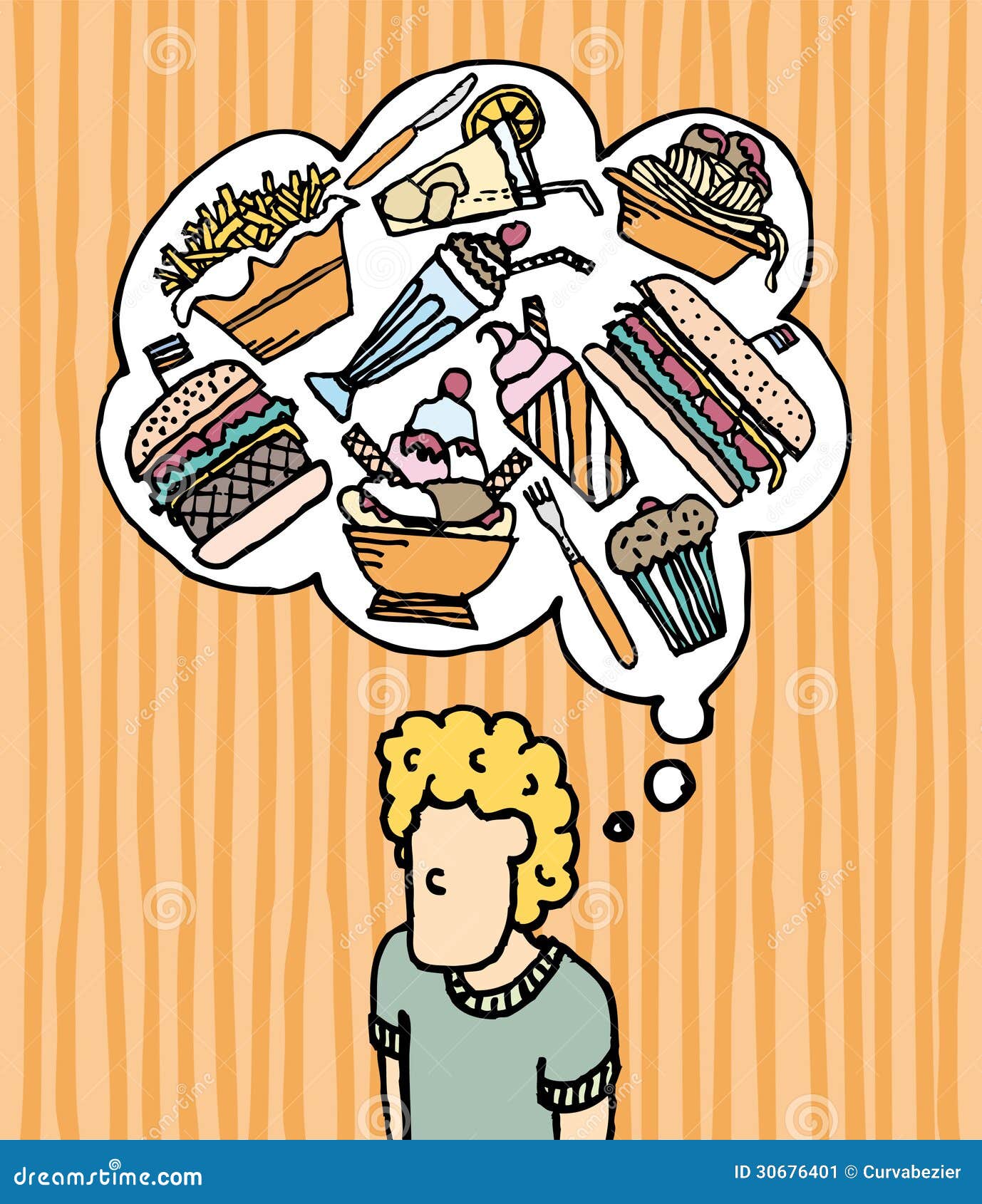Happy New Year 2018! Jami and I are happy to be coming back to you guys through our blog.
With the New Year here, it's definitely a time of reflection about the past and excitement about new things to come.
Our hope is that the content we share here will bring you great insights, ideas, inspiration, and even action steps to help make you the best YOU for 2018.
The Holistic Lifestyle Principles that we have studied and practice begin by connecting to your Dream or Love. From there the Foundational Principles of Health & Wellness are applied in a manner to support the Dream or Love.
One of the Foundational Principles is Thinking. January is time of resolutions and plans for the year to come. This is a great opportunity to introduce some ideas on 'Thinking'.
You have probably heard many people lately talking about Mindset. The idea behind Mindset is that you have to line up your ways of thinking in support of the achievement of any goal, the overcoming of any obstacle, or even simply choosing to live in joy and abundance.
One way to work with Mindset is to create Power Statements or Mantras. For example: Let's say a grandparent wants to be stronger physically...up until becoming a grandparent, they didn't believe enough that they could accomplish this or really have a strong enough desire to make it happen. The love of the grandchild made them realize they wanted to be able to play with them as long as they could. This starts the beginning of a mindset shift. Now the grandparent will have a clearer idea of why they are doing what they need to do and their mind will be set to be strong physically to be there for the child. Where once there were thoughts of 'oh well, what's the use. I'm just getting old, it's what happens,' now they are thinking, 'I am going to join that class that is for 60 and older. I can still be active and feel good even at my age. I'll show up and learn and do whatever it takes.'
Getting your mindset on track and managing your thinking is an active choice over and over again. Not always simply or just positive thinking but instead Solution Oriented thinking. Viewing things as challenges or opportunities rather than 'problems'. You must ask yourself intelligent questions...questions that can lead you to solutions such as, "How can I? What do I need to do differently? What do I already know that can help me here?"
Doing things like this is a way to Empower yourself into action rather than playing the blame game or being the victim of circumstance. The more we make this a practice we develop awareness and we begin to know ourselves better and we become better at the process. Much like physical fitness, mental fitness is something that has to be consistently practiced.
THINGS TO DO..
Meditation- some prefer sitting in stillness, some prefer the quiet of nature, etc something that allows you to slow down and listen to your own inner guidance.
Breathing- slow, rhythmic and diaphragmatic breathing...letting your belly expand and truly allowing enough time here to let the the body go into a relaxed (parasympathetic) state.
Visualization- seeing the solution manifest. Seeing is believing....as they say. Any goal that we set in life, we have to be able to see it..and feel it and this starts in our mind. Quiet and still space (meditative or relaxed state) also allows your inner guidance to come in visually as well.
Take the time during this first month of 2018 to really work on your Thinking & Mindset. Reach out to us for any questions, concerns, or just to say "Hey". We do these things because we love it and connecting with you guys out there inspires us to continue growing and learning too.
Stay tuned for another important Lifestyle Principle to focus on next month.









